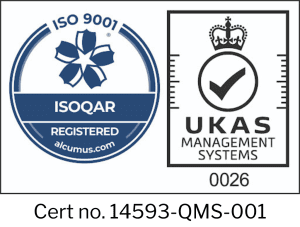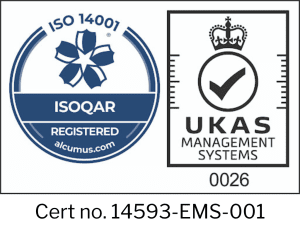Creating an effective QA strategy can be difficult for any organisation. This can become even more of a challenge as your company and product begin to scale.
The temptation is to throw more resources and people at the problem, however, without a solid strategy, the chances of scaling your QA team successfully are slim.
In my opinion, the ability to deliver a high-quality product in a fast-paced development cycle, whilst also aligning your team’s goals with the goals of the business, relies on putting a stable and efficient strategy in place.
Here are some of our top tips on redefining your QA strategy for a scaling business…
Automation, Automation, Automation
As your product begins to grow it can feel like your QA resources are being spread thinner and thinner in an attempt to maintain the same level of testing coverage.
Manually testing all of the key aspects of a product can start to feel impossible. This is where automation comes into play. But where do you start when you have little to no automation coverage?
A great place to start is by automating any existing processes within your manual QA team that are repetitive and time consuming for your testers. As an example, our team at Invotra used automation and crowd testing resources to cover testing of our smoke test suite.
A smoke test is a set of tests used to ensure the most important functionality in the product works after each release. Automating this one stage freed up hours of testing time to allow our team to focus on coverage of new functionality.
Evaluating your existing functionality and deciding which areas would benefit the most from automation coverage is an important part of the process. This process could include checking problem areas of the product which always need to be regression tested by your team. However, you may prefer to cover the core areas of your product first so you are able to catch any regressions early on in the development process, without the input of manual QA.
There needs to be a balance between your manual QA and automation. Making more automation tests doesn’t necessarily mean better testing if you’re not covering the areas of your product in the most effective way. For example, covering old functionality that never has any issues may not be the most efficient use of your team’s time or money.
Scaling QA without scaling your QA team
For a smaller QA team, it can be especially difficult to scale without increasing the size of your team. However, by utilising crowd-testing you can access the skills of potentially hundreds of testers without breaking the bank or scaling your own internal QA team.
At Invotra, we use a platform called RainforestQA. Rainforest allows us to run and receive results of entire test suites within minutes. This is a simple yet effective solution that works by writing test scenarios based on ‘yes’ or ‘no’ responses. When we execute the tests they are sent to a pool of testers employed by Rainforest who then complete all of the testing on our behalf!
After this, the only step we have to take is evaluating the ‘Pass’ or ‘Fail’ results. This gives us much quicker results compared to our manual QA process, saving both time and money.
As a comparison, the below graph shows the time it took to test 5 tasks in our manual QA process compared to the time it took to test when ran in Rainforest.

Involvement at every stage
Too often it is the case where QA testing is left until the very end of the development process. This can lead to unnecessary expenditures that could have been prevented if the issues were raised much earlier in the cycle.
By involving your QA team at the very start of the development cycle you ensure that they know the exact requirements of what they are testing, which reduces the chances of human error and miscommunication. This will allow your team to raise any issues they find throughout the process, instead of just at the end.
By integrating your team into a more collaborative work environment you’re also creating the opportunity for QA to provide useful product feedback and suggestions, potentially enhancing your product in the future.
For more insight on how our QA team at Invotra has applied some of the above techniques to our own strategy, take a look at some of our other blogs:















